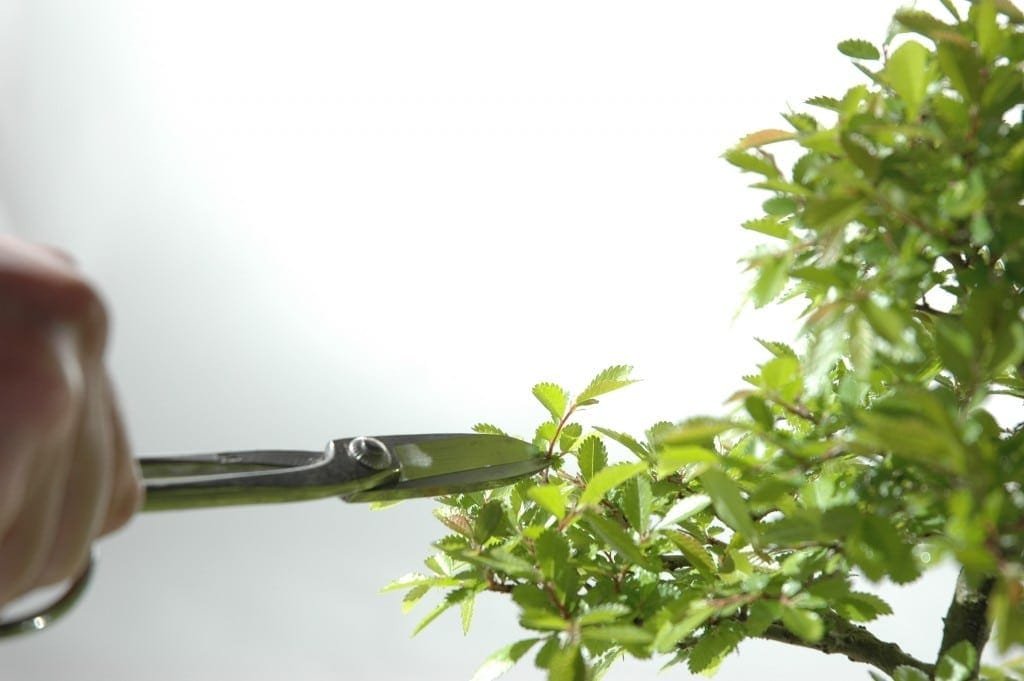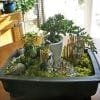While bud pruning is predominantly performed on coniferous trees, leaf pruning is mostly used on deciduous trees. Pruning the leaves offers several benefits.
It improves sunlight penetration and ventilation to the emerging buds and smaller branches and leaves, which encourages and accelerates growth.
Leaf turnover can be rapid, which can aid in recovering from pest infestation. Leaf pruning also aids in branch and bud pruning, allowing better visualization of the tree’s trunk and limb.
Considerations Prior To Leaf Pruning
The first thing to decide is the purpose of pruning. Consider any immediate concerns as well as your long term goals. Recall what the full-sized form of your specific tree looks like when deciding what and when to prune. Confirm that your tree is healthy and make sure it is adequately watered and fertilized before leaf pruning.
Timing is also important. Pruning in the late spring and early summer allows for budding and foliage formation later in the season. Pruning later in the season can be done if only selectively pruning some of the leaves. The full growth of leaves will have developed by that time, allowing you a better view and choice of leaves to prune.
Leaf Pruning For Different Objectives
Leaf pruning can be done to accomplish different results. Leaves are often pruned on a mature tree to refine its length and shape. This is accomplished by pruning the well-developed portions of the outer tree and tree top. The tree’s health and vibrancy can be maintained by focusing on the leaves that grow in pairs and only pruning one of from each pair.
Finally, if the form and appearance are desirable but the growth of leaves is dense, leaves can be cut in half to improve the access of sunshine and ventilation to the inner part of the mature tree.
Care After Leaf Pruning
After pruning is completed, watering will need to be reduced. Fertilization will need to be discontinued until new budding occurs. If the leaf amount has been radically reduced, place the plant in a bright but shaded area for about ten days after pruning. This will assist in the tree’s recovery from the extensive leaf loss.
Deciduous Leaves
Deciduous trees have an inverse relationship between leaf size and the amount of sunlight received. Trees that grow in partial or full shade have longer, larger leaves. The increased leaf size is necessary to provide the maximum surface area for the limited sunlight available.
Conversely, deciduous trees that grow in the direct sun have smaller, dense leaves. Sunlight is readily available, so excess leaf size is not necessary. Small leaves can easily obtain a sufficient amount of sunlight and energy for the tree. This is beneficial to the bonsai grower, because the smaller leaves are pleasing and proportional for its miniaturized version of the full-sized tree.
Coniferous Leaves
Coniferous trees shed their needles in 2-3 year cycles every autumn. Because of the natural growth and shedding cycle of coniferous trees, healthy trees always have needles in varying degrees of maturity. The characteristic evergreen nature of many pines is due to this constant replenishment cycle.

